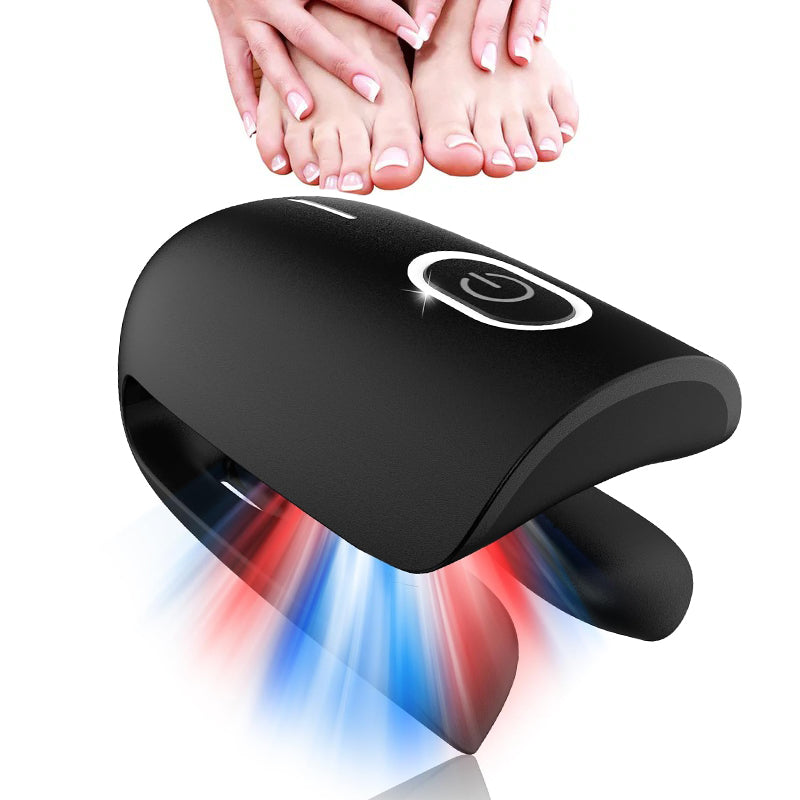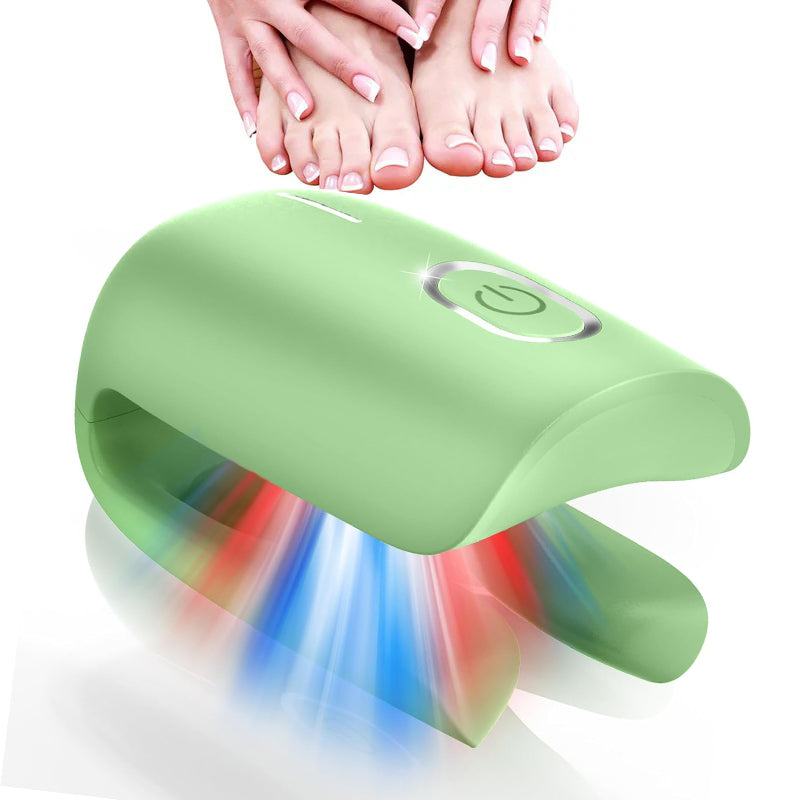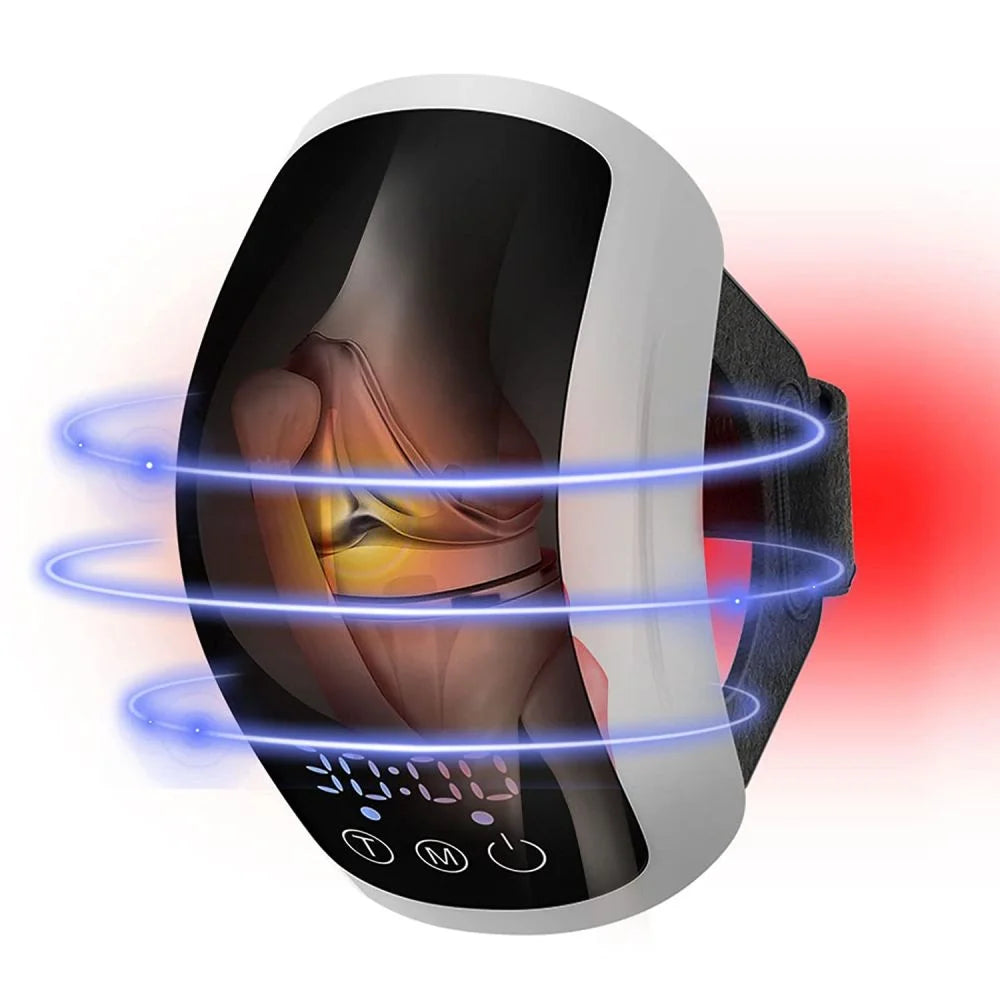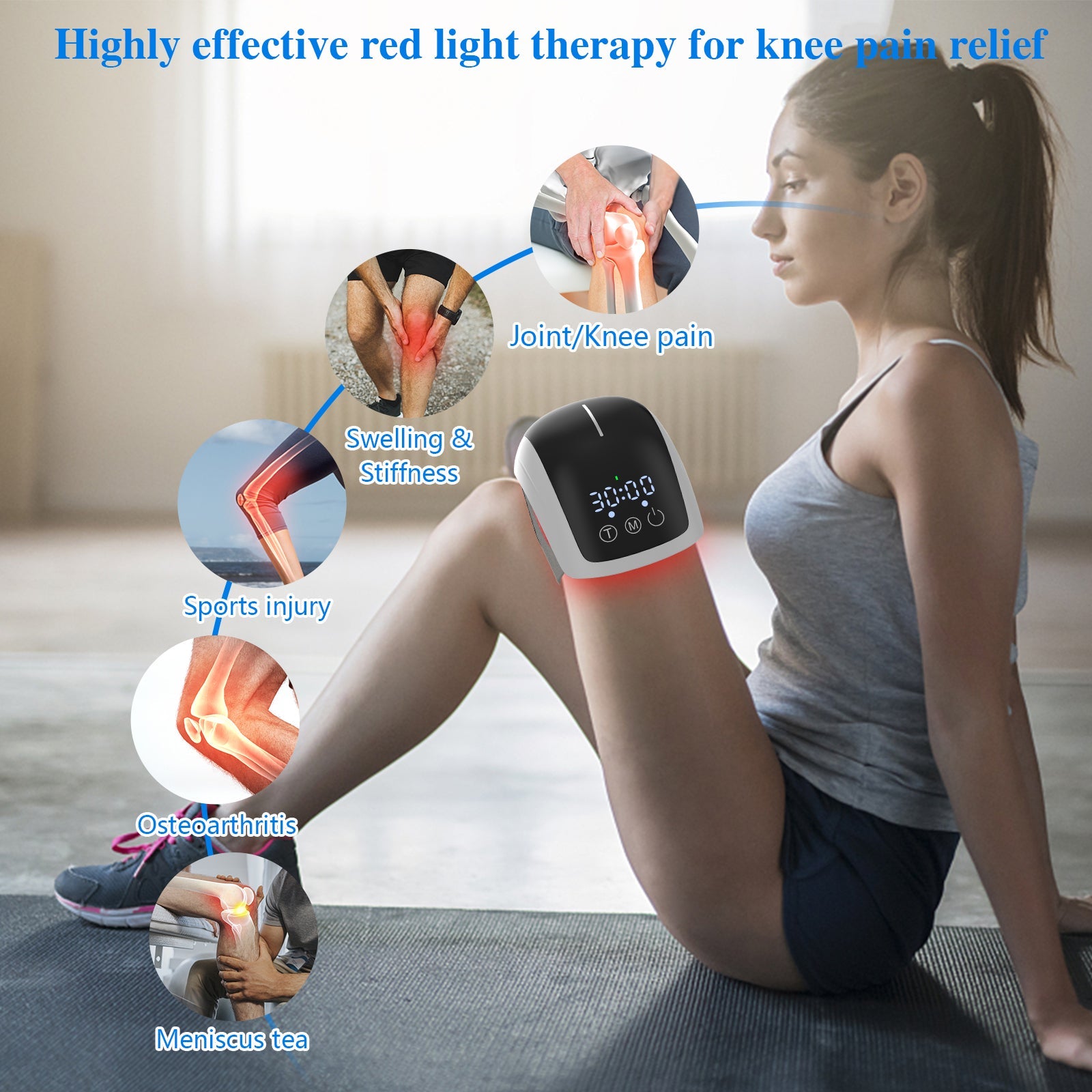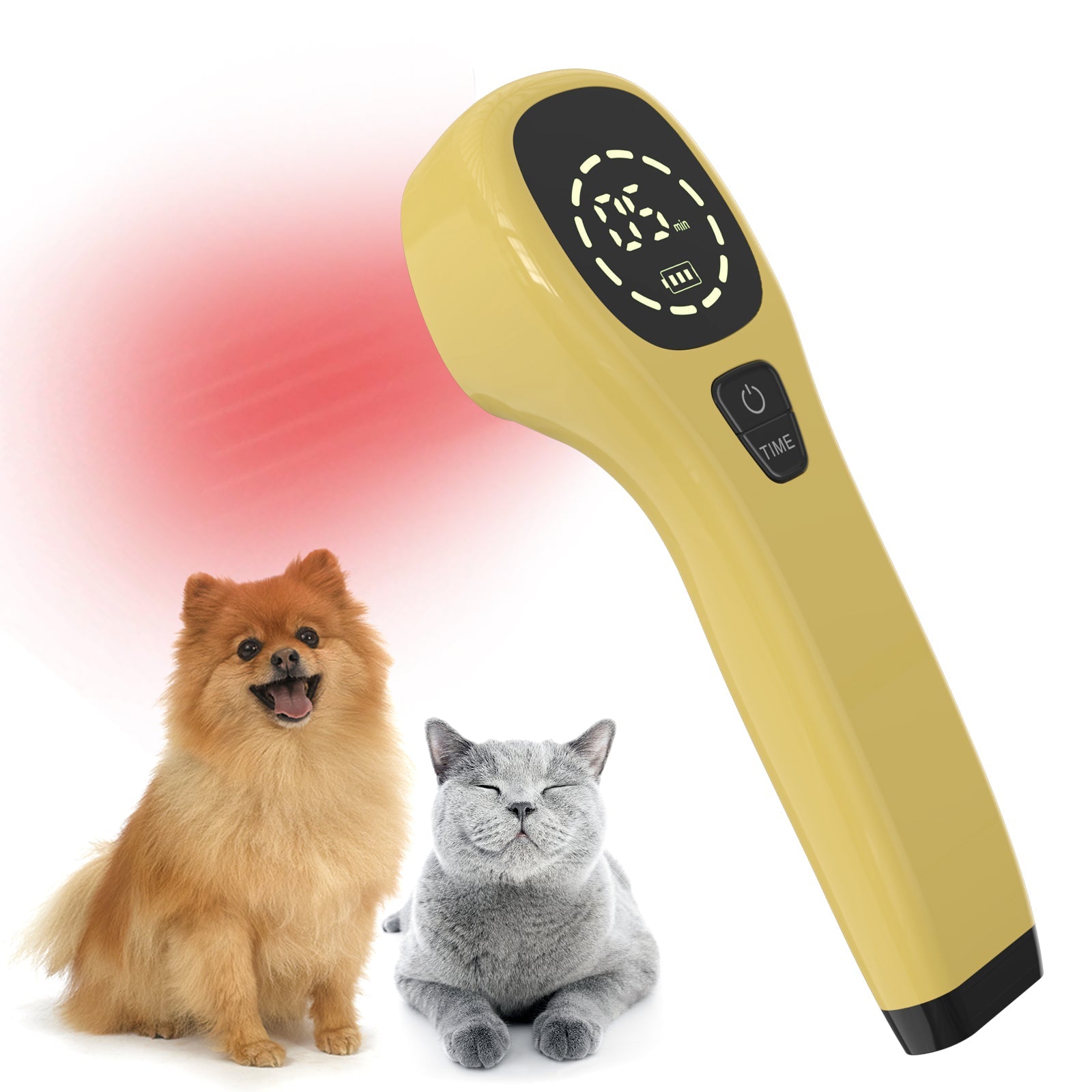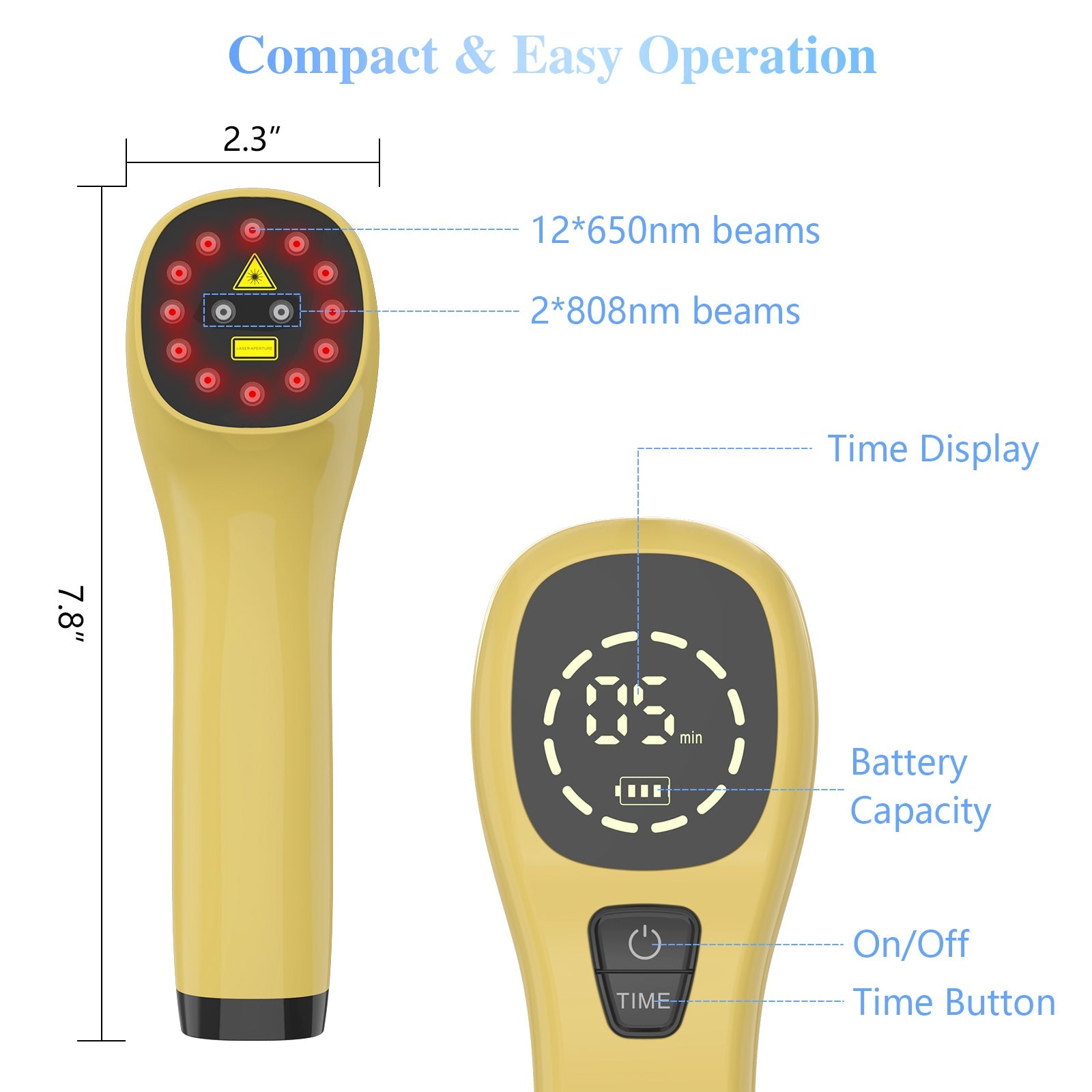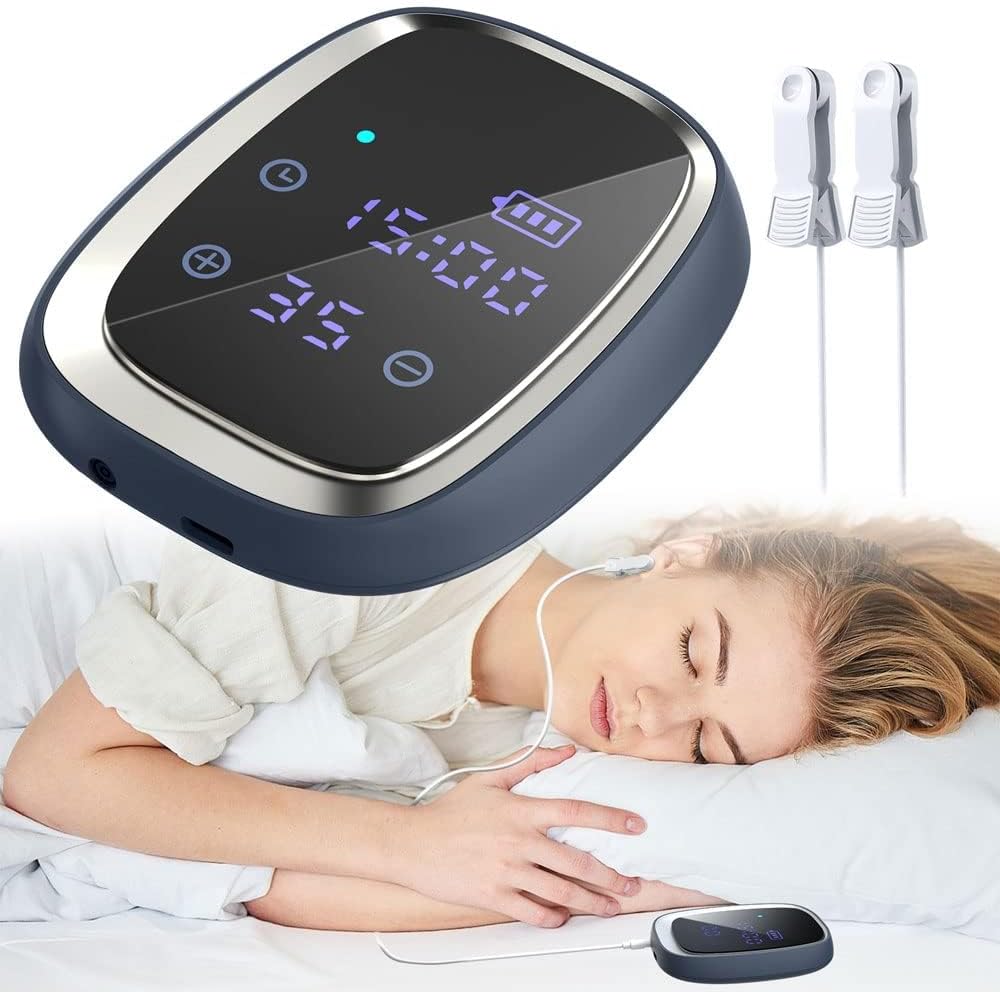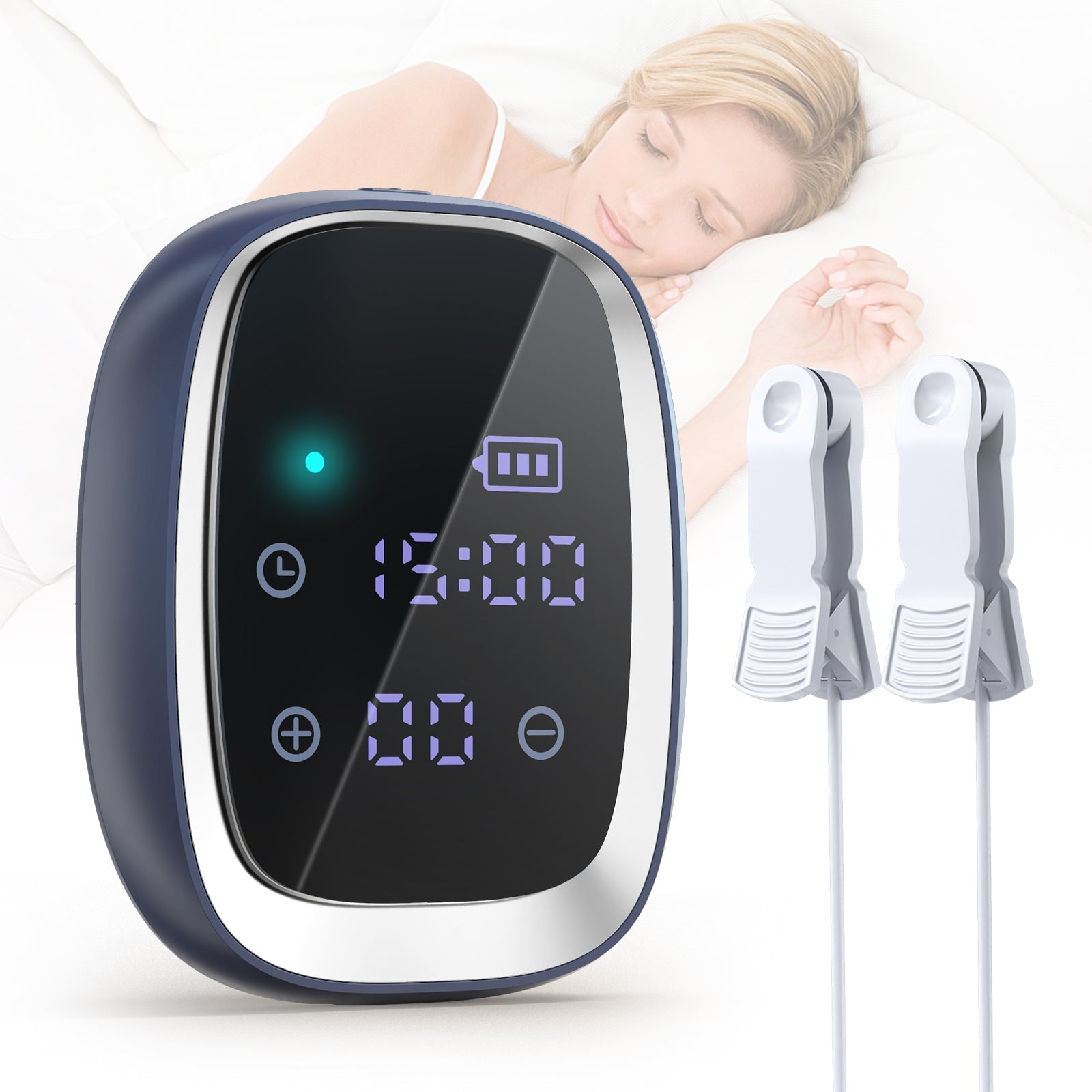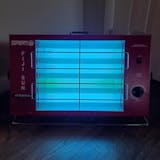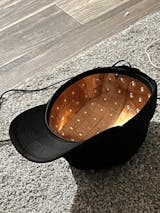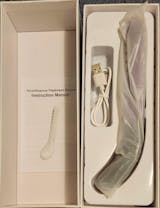Introduction
With growing interest in UVB Light Therapy for Home, individuals living with vitiligo are seeking convenient, effective, and safe treatments. Recent research highlights targeted 308 nm excimer laser and lamp therapies, as well as handheld 311 nm narrowband UVB devices, which can potentially rival in‑clinic treatments while enabling home use. This article explores the science, clinical evidence, practical tips, and SEO‑friendly guidance on using UVB devices for vitiligo management at home.
What Is UVB Light Therapy for Vitiligo?
UVB phototherapy targets melanocyte activation in depigmented skin. Narrowband UVB at approximately 311 nm stimulates melanin production and melanocyte migration to restore pigmentation. It is recognized worldwide as a first‑ or second‑line therapy for vitiligo after topical treatments Taylor & Francis Onlinesouthcarolinablues.com+3维基百科+3Wiley Online Library+3.
In contrast, 308 nm excimer light or excimer laser delivers a more focused beam to affected patches only, minimizing exposure of surrounding skin. Excimer laser/light can offer enhanced repigmentation effects with fewer sessions and lower cumulative UV dose compared to 311 nm NB‑UVB 维基百科+2PMC+2Wiley Online Library+2.
Evidence on 308 nm vs 311 nm & Home Devices
Excimer Laser / Lamp (308 nm)
-
A systematic review in 2025 found that 308 nm excimer lamp achieved superior repigmentation compared to standard NB‑UVB and had comparable efficacy to 308 nm excimer laser therapy MDPI+1Taylor & Francis Online+1.
-
Other studies noted that 308 nm targeted light induces faster repigmentation and often requires fewer sessions compared to 311 nm NB‑UVB 维基百科+15Wiley Online Library+15PMC+15.
Home & Handheld Devices
-
A meta‑analysis published in 2025 confirms that handheld NB‑UVB (311 nm) portable devices are an efficacious and safe home‑based treatment for vitiligo, even without detailed minimal erythema dose (MED) testing, when used ~3–4 times weekly 维基百科+2ijdvl.com+2Taylor & Francis Online+2.
-
A 2023 prospective trial comparing 308 nm LED light with 308 nm excimer laser for psoriasis (analogous mechanisms) showed comparable efficacy and safety, with added advantages: portability, lower cost, and potential for home use MDPI+2Frontiers+2southcarolinablues.com+2.
-
Although many HBPT (home-based phototherapy) trials pre‑date 2020, current reviews emphasize improved patient compliance, convenience, and reduced barriers with home devices Wiley Online Library+8PMC+8PMC+8.
Mechanism: How UVB Promotes Repigmentation
-
NB‑UVB (311 nm) works by reducing inflammatory cytokines (e.g. IL‑17, IL‑22) and increasing regulatory T‑cells and melanocyte activity, including tyrosinase and HMB‑45 expression, to stimulate melanin production MDPI+7PMC+7PMC+7.
-
Excimer 308 nm delivers higher peak intensity to pinpointed lesions, accelerating melanocyte activation and migration while protecting surrounding healthy skin southcarolinablues.com+3PMC+3DermNet®+3.
Advantages & Limitations
Advantages of Home UVB Therapy
-
Convenience: No travel to clinics; easier adherence PMC+1维基百科+1.
-
Cost‑effectiveness: Once device is purchased, users save on recurring clinic visits Frontiers+1ijdvl.com+1.
-
Safety: Handheld devices typically deliver controlled doses; studies suggest low adverse event rates when used properly ijdvl.com.
Limitations & Considerations
-
Dose accuracy: Unlike clinical settings, home users may need training or initial MED calibration. Still, meta‑analysis indicates handheld 311 nm devices can work safely without MED in many cases kernelmedint.com+3ijdvl.com+3Taylor & Francis Online+3.
-
Efficacy: While home-based 308 nm LED devices show promise, most comparative vitiligo trials use clinic-based lasers or lamps. More large-scale trials are needed to confirm home-device efficacy in vitiligo specifically DermNet®+15Frontiers+15PMC+15.
-
Frequency: Standard practice recommends 3 sessions per week; some evidence supports that weekly sessions may still yield results but slower PMC.
Best Practice Recommendations for Home Use
-
Consult a dermatologist before starting home phototherapy to rule out contraindications and establish baseline skin type.
-
Select a device:
-
For 311 nm NB‑UVB handheld units, choose certified home-use models with safety features, timers, and consistent output.
-
For 308 nm LED devices, ensure correct targeting for small patches and adequate intensity.
-
-
Treatment protocol:
-
Aim for 3 sessions per week, alternating days.
-
Begin with low dose exposure and gradually increase per tolerability.
-
Monitor for erythema or phototoxic reactions.
-
-
Track progress with photos and notes. Visible repigmentation often takes 4–8 weeks on face/neck, longer on hands/feet southcarolinablues.com+8skinmattersbristol.com+8PMC+8ijdvl.com+1Taylor & Francis Online+1.
-
Combine therapies: Topical agents like corticosteroids or calcineurin inhibitors may enhance outcomes when combined with UVB therapy 维基百科+1DermNet®+1.
-
Safety measures:
-
Use protective eyewear and avoid exposing healthy skin.
-
Follow device manual carefully.
-
Stop or reduce dose if burning or irritation occurs.
-
Comparison Table
| Therapy Type | Wavelength | Home‑Use Feasible | Repigmentation Speed | Device Cost | Safety Profile |
|---|---|---|---|---|---|
| 311 nm Handheld NB‑UVB Lamp | ~311 nm | ✅ Yes | Moderate, ~weeks | Low–Moderate | Very safe |
| 308 nm LED targeted device | 308 nm | ✅ Emerging | Faster (small areas) | Moderate–Higher | Safe when used right |
| 308 nm Excimer Laser (clinic-use) | 308 nm | ❌ No | Fastest | High, clinic only | Clinically managed |
Search Engine Optimization (SEO) Keywords to Use
-
UVB Light Therapy for Home
-
Home UVB Vitiligo treatment
-
308 nm excimer laser versus 311 nm NB‑UVB
-
At‑home vitiligo phototherapy
-
308 UVB lamp vitiligo home use
Embed them naturally in headings and content to boost search visibility.
Conclusion
UVB Light Therapy for Home has become a viable option for managing vitiligo. Evidence indicates that 311 nm handheld NB‑UVB devices are both effective and safe in home settings. Meanwhile, 308 nm LED devices, modeled after excimer laser/light treatment, have shown comparable efficacy in analog skin conditions and may soon become mainstream for home use.
While 308 nm excimer laser therapies remain clinic-based and offer rapid outcomes, the rise of portable 308 nm LED and 311 nm NB‑UVB home devices means individuals can now pursue convenient and cost‑effective phototherapy—provided protocols are followed carefully and under medical guidance.
For best results:
-
Consult a dermatologist before initiating.
-
Choose a certified home UVB device.
-
Follow recommended frequency (ideally ~3x/week).
-
Monitor skin response and adjust dosing appropriately.
-
Use adjunctive topical therapy when appropriate.
Adhering to these guidelines, home UVB phototherapy offers an evidence‑based, accessible pathway to achieve incremental repigmentation and improved quality of life for people with vitiligo.



